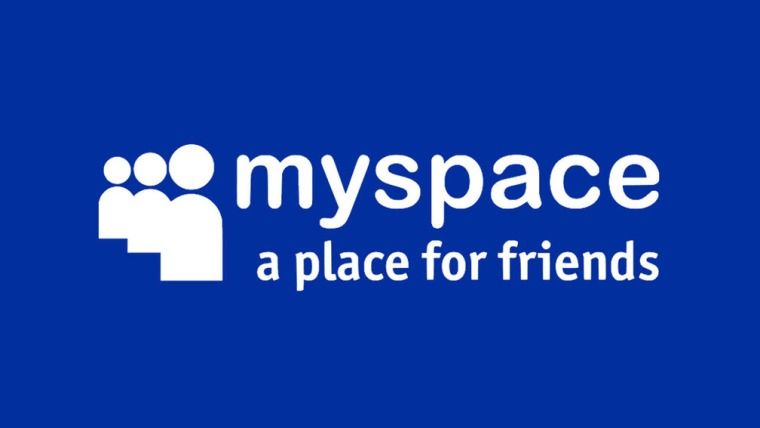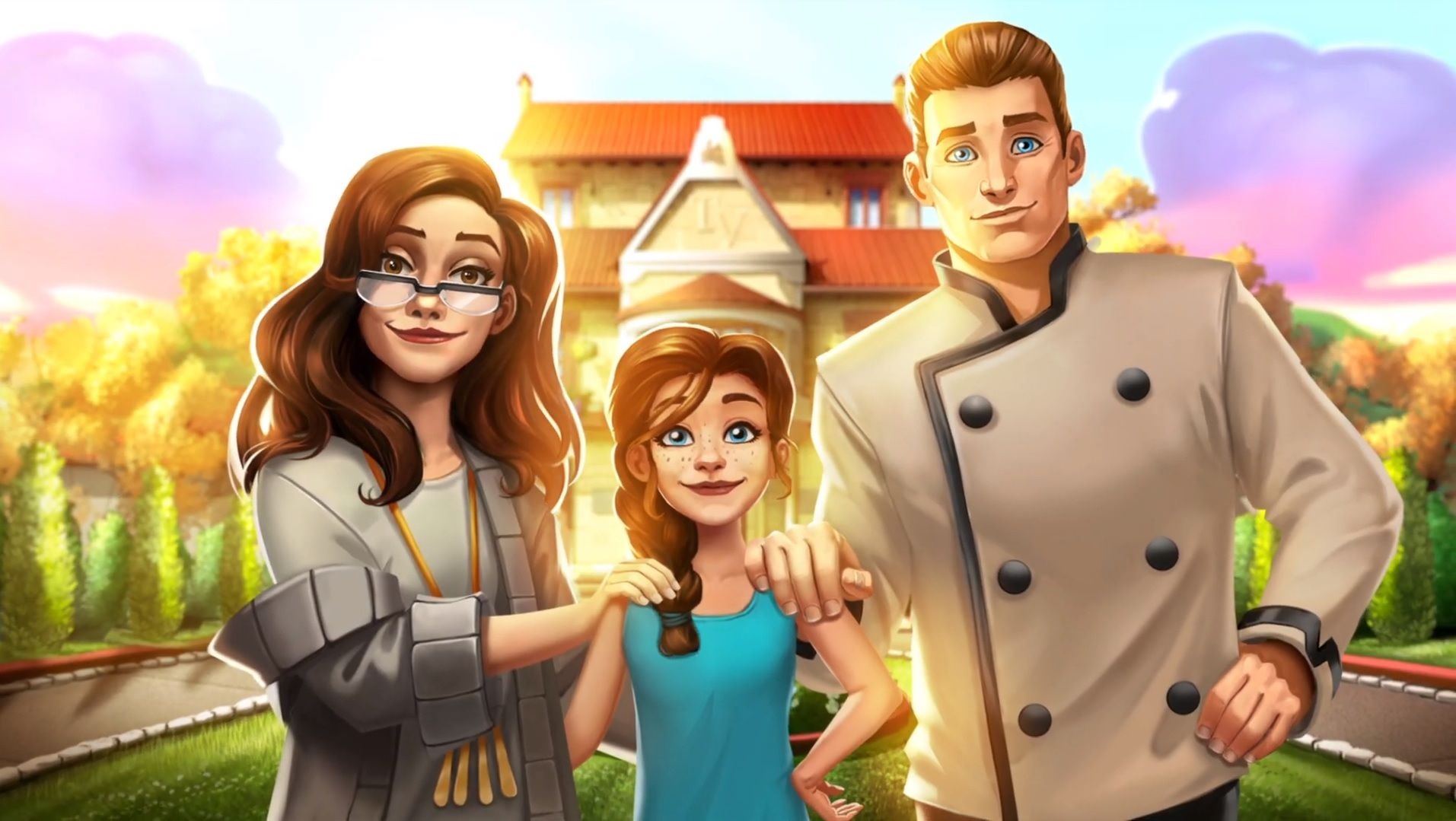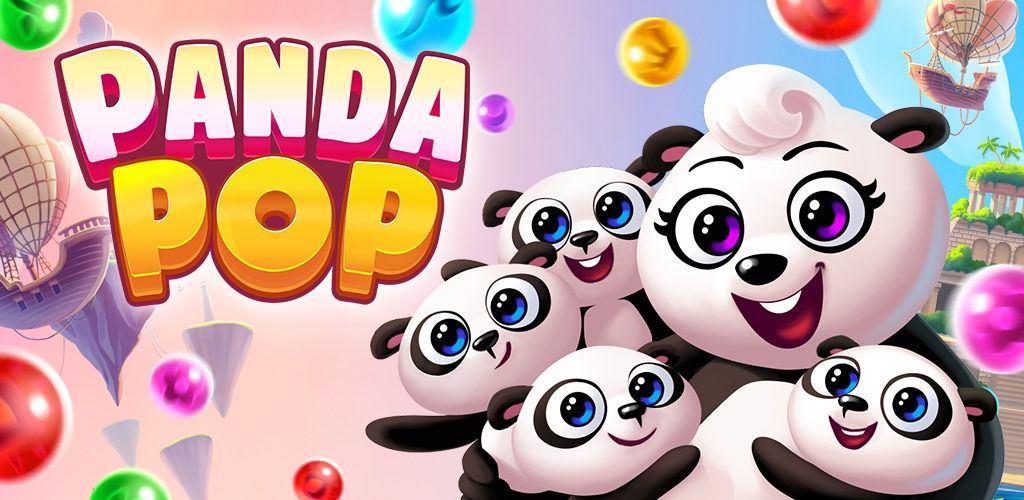From MySpace To Mobile Games: An Interview With Jam City CEO, Chris DeWolfe
We had the chance to connect with MySpace co-founder and current Jam City CEO to discuss the future of mobile gaming.
You Are Reading :From MySpace To Mobile Games An Interview With Jam City CEO Chris DeWolfe

If you’re old enough to remember MySpace, you probably remember a guy named Tom. Automatically added to everybody’s Friends List, MySpace president Tom Anderson quickly became the most popular man in the world, with millions of friends spread across the globe. However, Anderson didn’t create the monolithic MySpace by himself. In fact, he had an important co-founder – Chris DeWolfe, who would go on to become MySpace’s CEO during its heyday. But, because he didn’t force his way onto your Friends List, you’ve probably never heard his name.
DeWolfe may not have stepped into the spotlight the way Anderson did, but there’s no doubt he played an instrumental role in MySpace’s success. Pushing back again harsh monetization, navigating a tricky merger, and planning the future of the networking site were all tasks helmed by DeWolfe. But as the site’s traffic began to dwindle, DeWolfe slowly moved on to greener pastures – as a serial tech entrepreneur, he’s always on the hunt for the next big thing.
That’s when he discovered the world of mobile gaming.
Now CEO of Jam City, the studio responsible for hit titles such as Hogwarts Mystery, Panda Pop, and World War Doh, we had the chance to connect with DeWolfe to discuss his past achievements, current goals, and where he thinks the future of mobile gaming is headed.
TG: I’m interested to hear about your time at MySpace – do you mind sharing a bit about that experience?
Chris DeWolfe: The MySpace experience is one I will always cherish deeply, because I learned so much, made lifelong friendships, and hopefully left a mark on the world. I believe we started building MySpace in July 2003 and our CTO, Aber Whitcomb, and his team quickly had a prototype by September, which by today’s standards is insane. From there, the service grew exponentially to the point where, within just a few years, it was the highest trafficked site in the world, with more page views and time spent than Yahoo, Google, or Facebook. It really exploded because this was the first time that people were able to create a home online and could uniquely express themselves. Their page, which was customizable by colors, videos, music, designs, etc. really became an extension of how they saw themselves in the real world.
It was also an interesting time to be running a business, because MySpace was changing the way so many other industries functioned, from how music and other media was discovered, to how people socialized. In many ways, MySpace was the precursor to the great services that YouTube, Spotify, and Facebook/Instagram have created.
When we started the company, the thesis was all around turning everyday utilities into a “fun” experience. Email, Instant Messaging, and photo storage were available, but as just tools, they weren’t social or expressive. I guess another way of putting it would be that there were a lot of macro trends coming together around that time that made MySpace the perfect storm for growth. We executed very quickly and developed a popular culture phenomenon, and a great business. This was unusual, because in 2003, most investors and the markets were very bearish on consumer Internet companies. I guess the lesson here is to look at bigger trends and not follow the crowds in the echo chamber.

Why make the transition to mobile gaming?
I’m interested in all forms of entertainment that can be more social and scale massively. I love working with creatives, and the creative process itself. MySpace really hit all of those buttons for me. In terms of what was to follow after that, I thought about a lot of different things from music to more niche video to gaming. I kept coming back to gaming for a couple of different reasons: Just in terms of sheer market growth, there were only 150M gamers in 1995, now there are over 2.5 billion. I saw the switch from PC to mobile happening in 2006 when I was spending a lot of time in Japan. The majority of teenagers there were using mobile for games, social networking and everything else! They had better devices and infrastructure, but it was just a matter of time until the same thing happened here. What that meant in practical terms, would be a much wider cross section of people playing. Put more simply, everyone would have a game console in their pocket. Games would no longer be relegated to a console in a basement targeted towards male players.
In anticipation of that shift, we set out to build games for an underserved audience that was more casual and skewed more female than male.
How does your past experience with MySpace impact the work you do today?
In both cases I always had a strong co-founder (or two) that could not only help with decision making and organization, but also through the emotional highs and lows you experience when starting a new company. I have a profound respect for my co-founders and teammates who were essential to the success of both companies.
I think I also gained additional humility during my experience with MySpace that I apply to Jam City every day. The competition is always fierce, and you have to be respectful of how quickly habits and tastes change among consumers. So, we always like to stay humble and relentlessly challenge ourselves to evolve.
Jam City has seen huge growth over the past five years. What are some of the biggest changes you’ve seen in the company? Which game performed better than you expected?
As casual gamers have “grown up” on mobile, people expect more. Good games have become more social with a deeper narrative. In a way, as our games have become part of the routines of players’ lives, our games function a lot like Social Networks. They have similar engagement numbers and similar player motivations to social networks. Players want something to do with their friends, they want to relax, they want to clear their mind of daily stresses.
Given all of this, we need to create a unique experience that is always changing where we can earn the right to bring a little bit of joy to our players’ lives every day which means increasing our schedule of content releases, focusing on new features, and trying things no one has tried before.

Microtransactions are always a sticking point for players. What are your thoughts on the topic? Is it the best way to monetize games? Is something else on the horizon?
People will pay for content that they like whether it’s on Netflix, their cable provider, or some other service. Microtransactions give the user more choice and the developer a more creative ability to weave interesting opportunities into the game.
With that said, anyone can download our games for free and play them without ever paying. Our design focus is not on monetization. The Jam City design approach is to focus on making games fun. Our philosophy is that if the game is fun, then monetization will follow. So, we do not believe using monetization strategies that interrupt the game experience. The best way to monetize is to provide a game that is fun to play and that keeps players coming back.
I’ve been told that Jam City is using machine learning and AI to assist in the game development process. How exactly does that look?
We’ve invested a lot in our central game services platform, called Jam City Live that uses a fair amount of AI. This investment has been great because it integrates with all current studios and any new studio that we create or acquire. We primarily use AI to help customize the player journey. More specifically, player types are unique, and they want to play and experience our games differently. So, we provide these highly customized experiences to make our games more fun for everyone.
Are there any projects you’re working on that use machine learning in a new way?
We use Machine Learning in almost every function of our business from financial projections to user-facing player features.

What Jam City games are you currently playing?
That’s like asking who’s your favorite child! I play them all! I will say that I do enjoy the games that lean heavy into storytelling, such as Vineyard Valley. It’s a very complex game to make because we mashed up three different game types into one smooth gameplay experience. It combines solving puzzles, stories, and renovation into one game. It feels like a work of art to bring all those different gameplay aspects into harmony. My original favorites are Cookie Jam and Panda Pop which have literally generated over 300 million downloads and over a billion dollars in revenue and continue to grow the playerbase.
Anything closing words for our readers?
We understand that the world is full of uncertainty and anxiety right now and we hope that a bit of fun in your routine can help get you through difficult days. Numerous studies have shown that mobile gaming helps with cognitive function. It has been found that because games stimulate the mind it can help those who suffer from anxiety and depression. During these times, it is more important than ever to engage the mind and keep mentally active in order to help offset overwhelming fear and anxiety. I hope that we can be there for you on that front.
Link Source : https://www.thegamer.com/chris-dewolfe-interview-myspace-jam-city/
